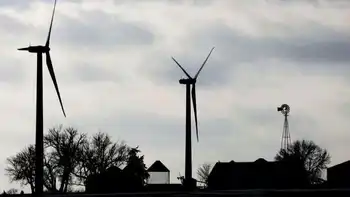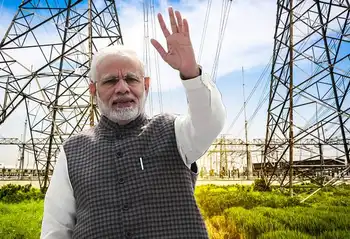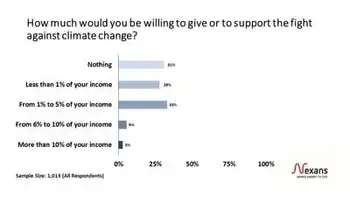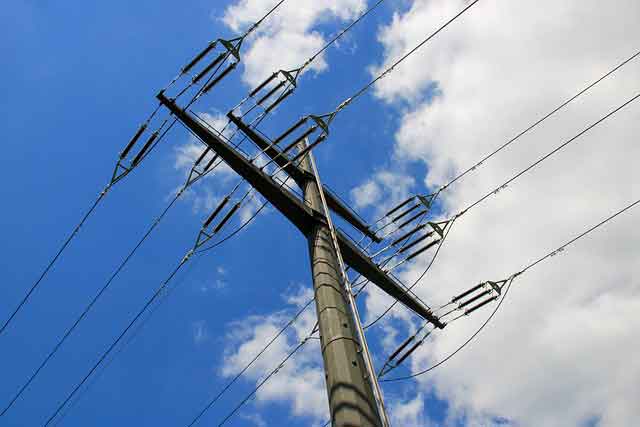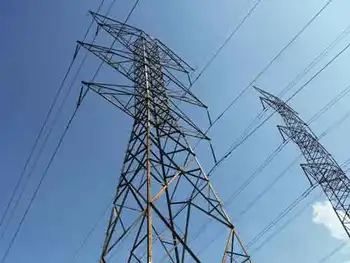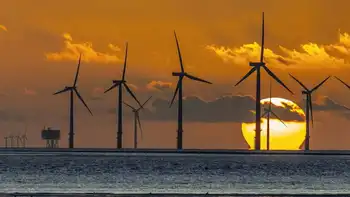Plans change for third power cable to mainland
By Maritime Electric
NFPA 70b Training - Electrical Maintenance
Our customized live online or in‑person group training can be delivered to your staff at your location.

- Live Online
- 12 hours Instructor-led
- Group Training Available
Maritime Electric says the cable will cost $77 million, much less than the original cost of more than $100 million.
John Gaudet, vice-president of Maritime Electric, said the utility wanted to place the third interconnection power cable inside the Confederation Bridge but that was before engineers revealed it could cause the 13-kilometre marine span damage.
“There are concerns that operation of a power cable in the bridge could cause corrosion of the steel that was made to build the bridge,’’ Gaudet said, referring to the post-tension rebar that helps hold the bridge together.
That means the cable will be smaller and less expensive because it will now sit on the bottom of the Northumberland Strait.
“There are limits to the size of a submarine cable that you can place and that’s why it’s been reduced in size.’’
Sheridan said the province has applied for funding under OttawaÂ’s Green Infrastructure Fund.
“The new cable continues to be a priority for P.E.I. and provincial officials will continue to pursue the federal government for financial assistance to construct this project,’’ the finance minister said. “We need to make sure that there is a fair and equitable power supply to Prince Edward Island to meet the growing demand for electricity in the province.’’
The provincial government wants Ottawa to pay half the cost. And many other provinces have applied for funding under the $1-billion green program.
The cable would have been good for 200 megawatts had it been installed inside the bridge. Now, it will downgraded to 150 megawatts, giving Maritime Electric less surplus.
Gaudet stresses this wasnÂ’t done to reduce the cost of the project.
“It’s not cutting a corner whatsoever. Unfortunately, there are physical limitations to the manufacturing of that cable.’’
The smaller cable also means Maritime Electric will have to address load growth a bit sooner than expected.
“We’re thinking this cable should do us well for 15 to 25 years, all depending on how electrical usage varies on Prince Edward Island. There is just a little less surplus.’’
Gaudet said the utility has done what it can — provided technical expertise to design and price the project. The rest is up to the politicians.
“We can do with the resources that are on P.E.I. now for a number of years but we want to extend to the federal government a sense of urgency and that they should make a decision soon but it’s not dire consequences if we don’t get an answer soon.’’





